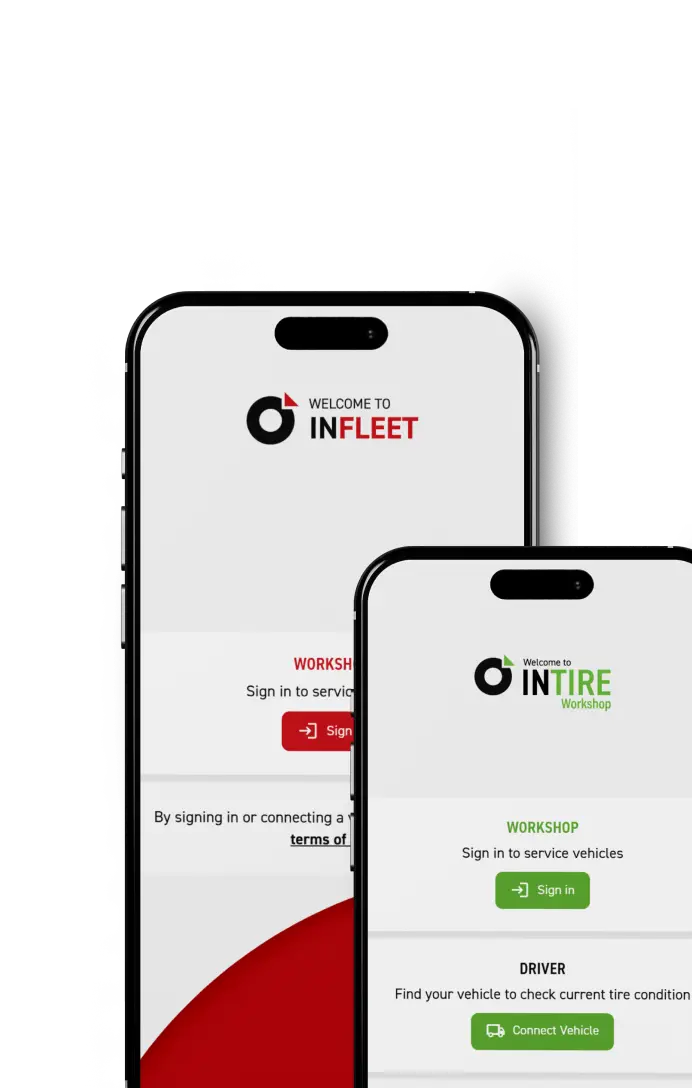From July 2024, all newly registered trucks, transports, buses, and trailers must be equipped with a Tire Pressure Monitoring System (TPMS).
Since July 2022 all newly homologated commercial vehicles of classes M2 and M3, N1 bis N3, O3 and O4 must be equipped with a Tire Pressure Monitoring System (TPMS).
Starting from July 2024 a Tire Pressure Monitoring System must be installed in all newly manufactured vehicles of these classes:

THE ADVANTAGES OF TPMS FOR COMMERCIAL VEHICLES
Maximum safety ensured through immediate warning in case of pressure loss.
Reduction of CO2 emissions through fuel efficiency.
Improved fuel efficiency through optimized tire pressure.
Reduction of downtime and operating costs.
In this Article:
Share This Article:
IMPORTANT FAQs
What are the benefits of a TPMS for commercial vehicles?
Which vehicle classes are affected by the mandatory TPMS requirement?
- M2 und M3: Vehicles for passenger transport with more than eight seats in addition to the driver’s seat
- N1 bis N3: Vehicles for freight transport
- O3 und O4: Trailer
What are the consequences if a vehicle of the affected class is not equipped with a TPMS?
Can tire pressure monitoring systems (TPMS) be retrofitted in commercial vehicles?
How is the driver informed about the tire pressure?
The driver is informed through a warning signal on the dashboard. In modern systems of the tractor unit, the exact position of the affected tire and the current pressure can be displayed.
Furthermore, there is the option to view additional technical details via a built-in display. Additionally, precise wheel positions and detailed information are accessible at any time through the TIRECHECK INFLEET App.




